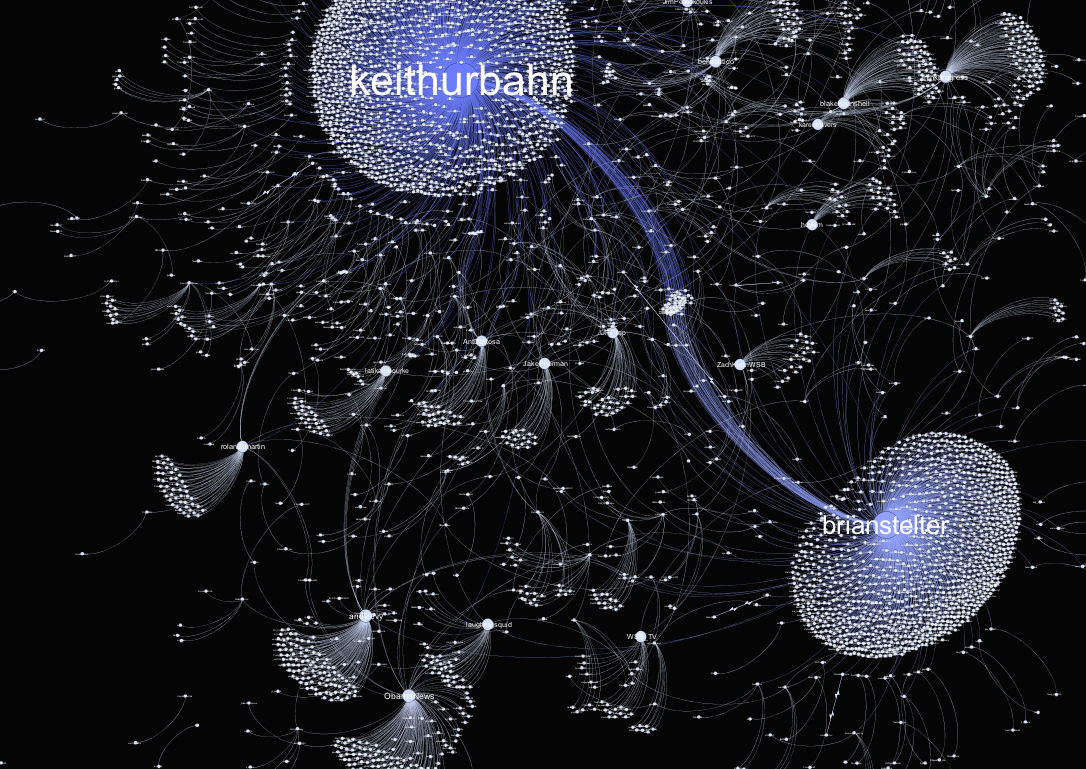FCC Prepares To Weaken Broadband's Definition To Hide Competitive, Coverage Issues
from the not-particularly-subtle dept
Under Section 706 of the Telecommunications Act, the FCC is required to consistently measure whether broadband is being deployed to all Americans uniformly and "in a reasonable and timely fashion." If the FCC finds that broadband industry is failing at this task (you may have noticed that it is), the agency is required by law to "take immediate action to accelerate deployment of such capability by removing barriers to infrastructure investment" and by "promoting competition in the telecommunications market."
Of course given that the telecom sector is often the poster child for regulatory capture, this mandate often gets intentionally lost in the weeds. This is usually accomplished by simply pretending the lack of competition doesn't exist. Or worse, by meddling with broadband deployment metrics until the numbers show something decidedly different from the reality on the ground. It's a major reason why broadband ISPs (and the lawmakers who love them) whine incessantly every time we try to update the definition of broadband to a more reasonable and modern metric.
As such, we engage in this endless tug of war depending on how grossly-beholden the current FCC regulators are to regional telecom duopolies. Regulators not blindly loyal to giant ISPs will usually try to raise the bar to match modern needs, as Tom Wheeler did when he bumped the standard definition of broadband to 25 Mbps down, 4 Mbps up back in 2015. Revolving door regulators in turn do everything in their power to manipulate or ignore real world data so that the industry's problems magically disappear.
Case in point: the FCC is expected to vote in February on a new proposal that would dramatically weaken the standard definition of broadband. Under the current rules, you're not technically getting "broadband" if your connection in slower than 25 Mbps down, 4 Mbps up. Under Pai's new proposal, your address would be considered "served" and competitive if a wireless provider is capable of offering 10 Mbps down, 1 Mbps up to your area. While many people technically can get wireless at these speeds, rural availability and geography make true coverage highly inconsistent.
The original notice of inquiry (pdf) proposed by the FCC tries to frame this manipulation of the data as a matter of efficiency, asking:
"Given that Americans use both fixed and mobile broadband technologies, we seek comment on whether we should evaluate the deployment of fixed and mobile broadband as separate and distinct ways to achieve advanced telecommunications capability. Taking into account the differences between the various services and the geographic, economic, and population diversity of our nation, we seek comment on focusing this Section 706 Inquiry on whether some form of advanced telecommunications capability, be it fixed or mobile, is being deployed to all Americans in a reasonable and timely fashion. Would such an inquiry best follow the statutory instruction to evaluate the deployment of advanced telecommunications capability "without regard to any transmission media or technology?"
And while that's designed to sound reasonable on its surface, industry analysts like Doug Dawson have quickly pointed out that there's all manner of issues with this effort. One, wireless simply isn't equivalent to a fixed-line connection and may not be for a decade or more in many rural markets, where users not only pay an arm and a leg for capped and metered service, but are often kicked off the network for using these connections like traditional, unlimited fixed-line connections. Folks who believe wireless to be some magical competitive panacea often like to ignore usage caps and higher prices of cellular:
"There is a monstrous difference in price between landline and cellular data. A household using 100 gigabytes of cellular data in the month might pay nearly $1,000 per month. Most ISPs report that the average US household now uses between 150 and 200 gigabytes of broadband per month. It’s hard to think of cellular broadband as a substitute for landline broadband with such disparate pricing."
Folks that think wireless competition will come and save us all also like to ignore the fact that just two carriers hold a monopoly over business data services and backhaul connections that feed towers, something Ajit Pai's FCC also recently tried to downplay when they redefined what constitutes competition in that segment as well. Again, the goal here isn't efficiency, it's illusion:
"The major reason that counting cellular data as equivalent to landline data is that it’s going to largely take the FCC off the hook for promoting broadband. They currently have directed billions from the Universal Service Fund to help build faster broadband networks, mostly in rural America. They can discontinue such programs and not expand their effort if most of rural America is considered to have broadband. With a simple vote a large percentage of rural homes on the wrong side of the digital divide will suddenly have broadband. That’s going to be big news to rural people who already understand that cellular broadband is not really broadband."
Again, it's so much easier to justify your apathy to a problem (in this case, broadband coverage and pricing problems caused by market failure and a lack of competition) when you manipulate the data to suggest the problem somehow doesn't exist.
Filed Under: ajit pai, competition, definitions, fcc, speed


